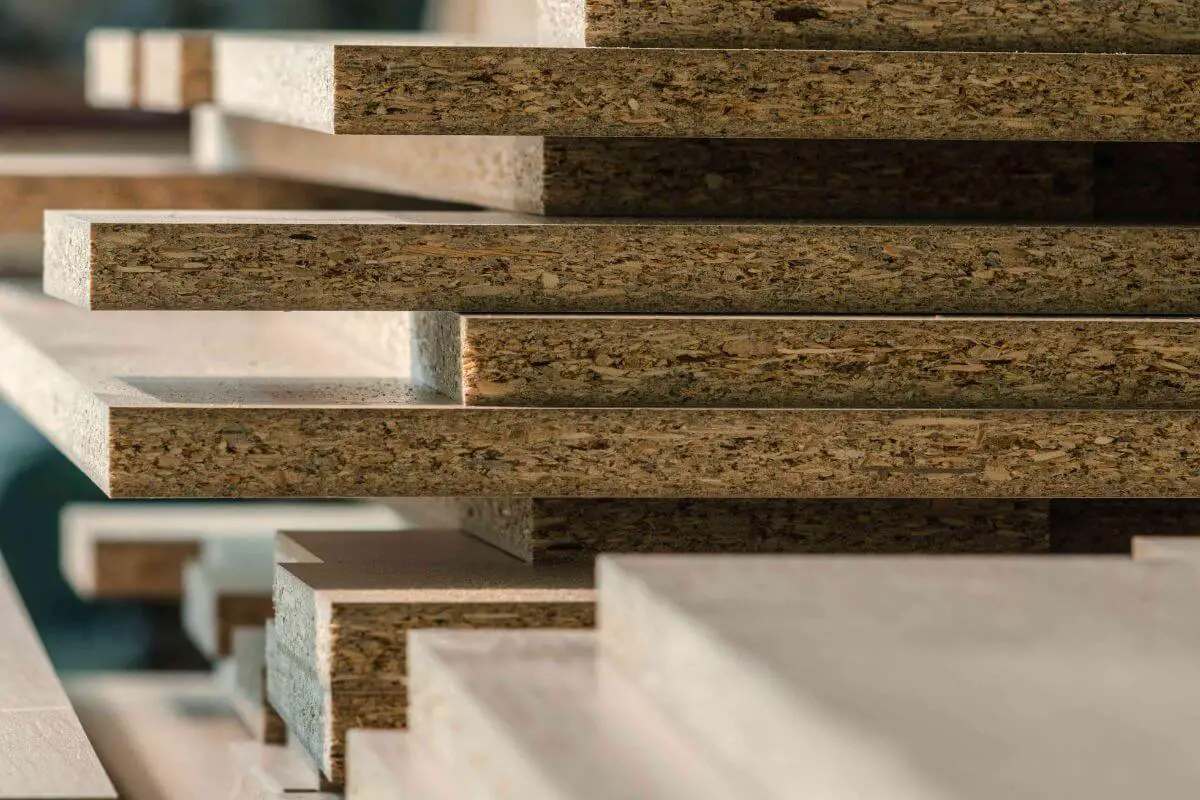Introduction
When it comes to woodworking projects, choosing the right material is crucial. Two popular options that often come into consideration are furniture boards and plywood. Both have their unique qualities and advantages, making it essential to understand the differences between the two. In this article, we will compare furniture boards and plywood, highlighting their characteristics, applications, and pros and cons.
1. What are Furniture Boards?
Furniture boards, also known as particle boards, are engineered wood products made from wood chips, shavings, and sawdust that are compressed and bonded together with resin or glue. These boards are cost-effective and widely used in the furniture industry. They come in various thicknesses and are available in different grades, depending on their intended use.
2. Understanding Plywood
Plywood is another engineered wood product, but it is made by layering thin sheets of wood veneer, called plies, together and bonding them with adhesive. The arrangement of the plies at right angles to each other provides strength and stability to the plywood. It is known for its structural integrity and versatility.
3. Composition and Structure
Furniture Board
Furniture boards are homogeneous throughout their structure, and their composition is more uniform compared to plywood. However, the bonding material used can impact the quality and strength of the board. Low-grade furniture boards may have lower density and less resistance to moisture.
Plywood
Plywood’s layered structure makes it exceptionally strong and durable. The cross-grain pattern prevents warping and adds strength, making it suitable for applications requiring higher load-bearing capacity.

4. Strength and Durability
Furniture Board
Furniture boards are generally less durable and have lower tensile strength than plywood. They are prone to chipping and may not hold screws as effectively. However, they can still be sufficient for lightweight furniture or projects with less stress.
Plywood
Plywood’s layered construction imparts excellent strength and durability. It can withstand heavy loads and is less likely to split or crack, making it ideal for structural applications like cabinet making and building furniture.
5. Cost Comparison
Furniture boards are more cost-effective than plywood, making them a popular choice for budget-conscious projects. Plywood, on the other hand, is comparatively more expensive due to the manufacturing process and the higher quality of wood used.
6. Aesthetics and Finishing
Furniture boards have a smooth and even surface, which can be advantageous for certain furniture designs. However, they are limited in terms of finishes, and their exposed edges may not look as appealing.
Plywood, on the other hand, can have a more natural and attractive appearance, especially when using high-quality veneers. It allows for various finishing options and can add a touch of elegance to furniture pieces.
7. Environmental Impact
Furniture boards can be less environmentally friendly due to the use of adhesives containing formaldehyde and the materials used in their production. However, some manufacturers offer eco-friendly options with reduced emissions.
Plywood, especially if sourced from sustainable forests and made with low-emission adhesives, can be a more environmentally conscious choice.
8. Best Applications for Furniture Board
Furniture boards are suitable for lightweight furniture, such as shelves, low-impact cabinets, and budget-friendly projects. They are also commonly used for the back panels and hidden parts of furniture where appearance is less critical.
9. Best Applications for Plywood
Plywood is the go-to material for projects that require strength and stability. It is ideal for kitchen cabinets, bookshelves, tables, and flooring. Its structural integrity makes it a preferred choice for construction purposes as well.
10. Combining Furniture Board and Plywood
In some cases, a combination of furniture board and plywood may be used to take advantage of their respective strengths. For example, plywood can form the structural parts of furniture, while furniture board may be used for the non-visible sections to reduce costs.
11. Which is the Better Option?
The choice between furniture board and plywood depends on the specific requirements of your project. If you prioritize cost-effectiveness and have less demanding applications, furniture board may suffice. However, for projects that demand strength and durability, plywood is the better option.
12. Maintenance and Care
Both furniture board and plywood require proper maintenance to ensure their longevity. Avoid exposing them to excessive moisture, and use appropriate finishes to protect the surfaces.
13. Tips for Working with Furniture Board
When working with furniture board, it is essential to use appropriate screws and fasteners, as the board may not hold well with traditional woodworking techniques.
14. Tips for Working with Plywood
Plywood can be easily cut and shaped, but proper tools and techniques should be used to prevent splintering. Additionally, sand the edges and surfaces for a smooth finish.
15. Conclusion
In conclusion, both furniture boards and plywood have their distinct advantages and applications. Furniture boards offer cost-effectiveness and smooth finishes, making them suitable for lightweight furniture and less visible parts. On the other hand, plywood’s strength, durability, and versatility make it ideal for structural projects and pieces that require a natural appearance. Consider your specific needs, budget, and aesthetic preferences when making your choice.
FAQs
Q: Can furniture boards be used for outdoor projects?
A: It is not recommended to use furniture boards for outdoor projects, as they are not as resistant to moisture and weather as plywood.
Q: Is plywood more challenging to work with compared to furniture boards?
A: Plywood may require more precision in cutting and handling due to its layered structure, but with the right tools, it is manageable.
Q: Can I paint furniture boards to match my interior decor?
A: Yes, you can paint furniture boards, but they may not hold paint as well as plywood. Using a primer and proper paint will improve the results.
Q: Which is more environmentally friendly: furniture board or plywood?
A: Plywood can be more environmentally friendly if sourced from sustainably managed forests and made with low-emission adhesives.
Q: Can I stain plywood to achieve a natural wood look?
A: Yes, plywood can be stained to achieve various wood finishes, making it a popular choice for furniture with a natural appearance.



